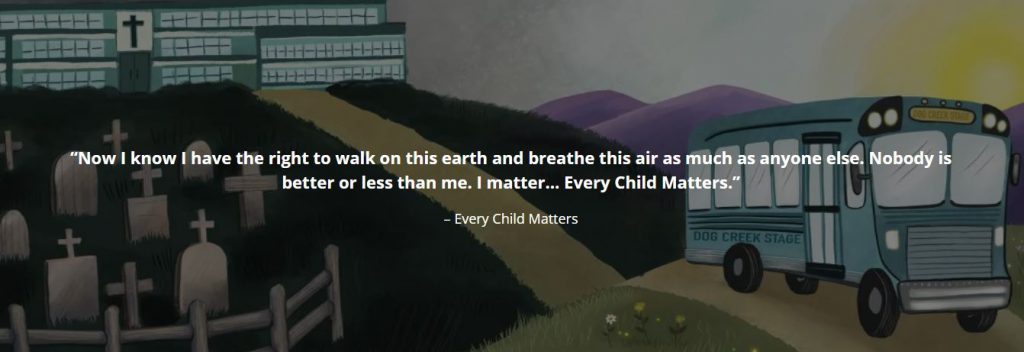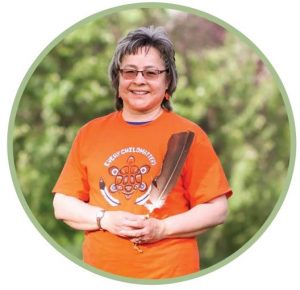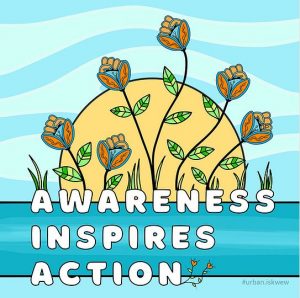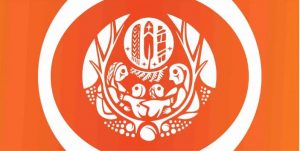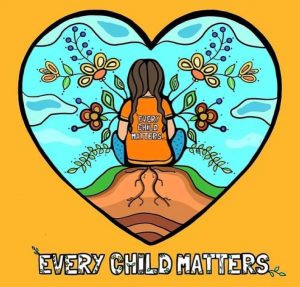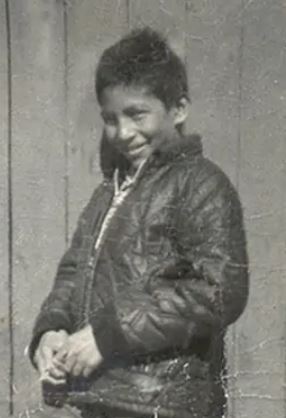
Text and image from downiewenjack.ca
Over the next couple of weeks, students in Division 3 will be exploring the story of Chanie Wenjack through music and art.
Chanie Wenjack was an Anishinaabe boy born in Ogoki Post on the Marten Falls Reserve on January 19th, 1954. Chanie’s story, tragically, is like so many stories of Indigenous children in this country; he fell victim to Canada’s colonization of Indigenous Peoples.
In 1963, at the age of nine, Chanie was sent to the Cecilia Jeffrey Indian Residential school in Kenora, Ontario. In 1966, at 12-years old, Chanie ran away from Cecilia Jeffrey, attempting to reunite with his family 600 kilometers away in Ogoki Post. Nine others ran away that same day, all but Chanie were caught within 24 hours.
Sadly, Chanie eventually succumbed to starvation and exposure. In his pocket was nothing but a little glass jar with seven wooden matches.

Gord Downie performing Secret Path in 2017
The late musician, Gord Downie, worked with the Wenjack family and artist Jeff Lemire to tell Chanie’s story. Gord Downie calls on each Canadian to “do something” to take on some form of reconciliACTION to help heal the wrongs of Canada’s past. ReconciliACTION is a meaningful action that moves reconciliation forward–it can raise further awareness, improve the lives of Indigenous people, or improve the relationship between Indigenous and non-Indigenous people.
The Honourable Justice Murray Sinclair, chair of the Truth and Reconciliation Commission, said, “Education got us into this mess, and education will get us out of it.” Part of our truth and reconciliation work in Division 3 is to learn Chanie’s story. Some other ideas of possible steps toward reconciliation can be found at the Downie and Wenjack Foundation.
